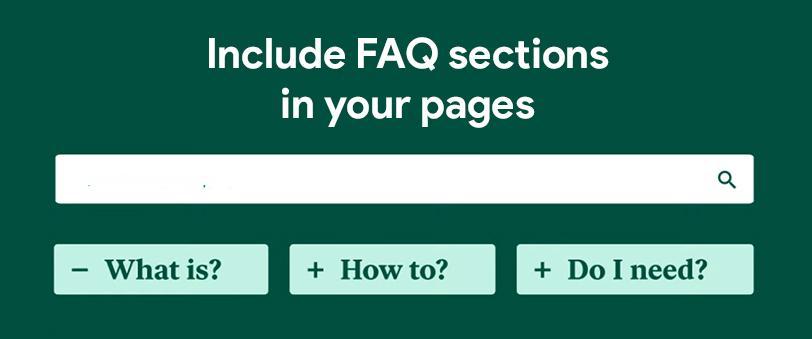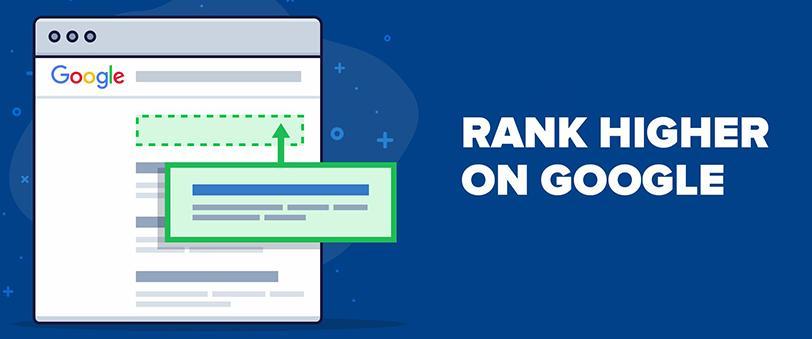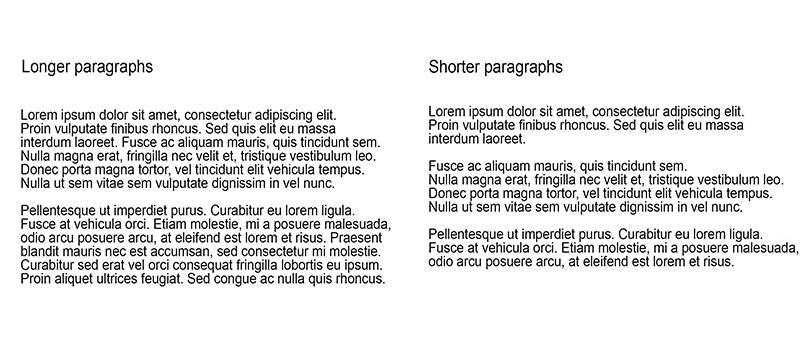As regular Google Search users, we know that Google is constantly working to enhance its search results page to provide the most relevant information to its customers in the quickest time possible.
The featured snippet is one of Google’s enhancements that deserves recognition for its convenience to its consumers. It allows you to see what’s on a webpage without having to click on a link, allowing us to see if there’s any relevant content on the page before we open it.
Featured snippets are often presented in one of four formats: paragraph, list, table, or video. They are shown based on the webpage’s content.
You may learn more about the various featured snippets by clicking here. Since its creation, the number of SERPs featuring highlighted snippets has increased, making it an essential element of the results page.
Featured snippets are valuable not just for visitors but also for marketers because they display at the top of a page.
They are at the top of the SERP and take up the most SERP real estate on every page they appear on, grabbing users’ attention. If Google displays featured snippets from your page, the click-through rate on your page can skyrocket. This is precisely what any marketer desires.
So, how do we acquire snippets that are featured?
1. Provide content with definitions and meanings

If your page contains words or phrases for which people are searching for definitions or meanings, you may insert a brief paragraph that explains the meaning of the word or phrase in question.
Your paragraph may appear as a featured snippet on the results page when a user searches for the definition of a particular word if Google can recognize and interpret the content of your paragraph.
To do this, you must first determine which keyword your page will rank and which keywords people are searching for.
Definitions are the most common form of highlighted snippets on the internet.
2. Provide content with step by step instructions

With a guide or lesson that includes steps on how to do something, you have a better chance of being mentioned in the “How-to” section of Google search results.
Make sure that each step is labeled correctly so that Google can distinguish between the various sections of your guide and present them in the search result box. A blog post on how to make money online, for example, can end up in this box if you write about how to make money online.
Check to see if Google can crawl your page before publishing it.
You can use structured data to inform Google about your instructional organization.
Each step should be clearly labeled.
We propose that you use JSON-LD, an easy-to-use markup format that makes it easier for Google to comprehend your information. It employs JavaScript code to make it easier for Google to understand your content.
This is the quickest and most straightforward method of getting into the featured snippet box. Determine your target keywords and develop content around those keywords to achieve success.
Use tools such as SEMRush and Ahrefs to research which keywords are driving traffic to your competitors’ websites, and then generate content comparable to that content on your website to compete with them.
3. Answer specific queries

The majority of queries conducted in the form of a question result in a featured snippet appearing on the search engine results page. The questions may begin with’ what,’ ‘why,’ and ‘how.’
You must tailor your content so that Google recognizes it as a response to the queries that have been submitted to it. You can accomplish this by focusing on long-tail keywords and phrases and making use of suggestions that appear as you type your keyword into the search box. You can also acquire keyword ideas from Answer The Public, which can help you understand what visitors could be looking for in the first place.
4. Create high-quality content

Create specific and compelling content that focuses on the problems that consumers are experiencing. Take the time to learn about their questions and keep them in mind while composing your material.
Consider yourself in the reader’s position and ask yourself what you require. Compose factual information, subdivide it, and include infographics and videos that can captivate users and show a highlighted snippet on search engines like Google. Only the highest-quality pages appear in featured snippets on Google search results, so make sure you write the most significant content possible for your website.
5. Provide content with lists

Lists and bullet points are other featured snippets that we can find. If you believe your material has information in a list style, it may appear as a featured snippet on search results pages when visitors search for themes that are similar to yours.
This is because Google employs lists as part of their algorithm to decide whether your site deserves to be on the first page of search results or not – something we refer to as bulleted lists SEO strategies.
Let’s say you write a blog post on the topic of “great things to do on the weekend” and include a list like the one below:
- Visit friends
- Dinner out
- Watch movie
- Go Shopping
You may simply find this list on the search engine results pages for keywords such as “great things to do on the weekend,” “fun things to do,” etc. As you may be aware, this type of information has a very high CTR (click-through rate) from search engine results pages since people prefer to check out such lists before deciding on anything.
6. Include FAQ sections in your pages

A frequently asked questions section on product or service websites is an excellent method to display information in the form of a featured snippet. You can create a comprehensive record of all the customers’ questions about your product or service, along with detailed responses to each question.
Ensure that all of these inquiries are precise and not general, such as “what is this,” “what is this service,” and so on. Instead, make sure that the queries are not ones people ask Google but rather questions that people ask one other on forums or online groups.
7. Rank your webpages

It’s important to remember that only high-quality web pages are featured in featured snippets.
Your website must have a significant number of monthly visitors and rank well on the first page of search results for crucial keywords for this to happen. Furthermore, your webpage must be adequately optimized, both on-page and off-page, for Google to recognize it as a high-quality resource.
You can anticipate Google to provide featured snippets solely from webpages that are performing well in search results because featured snippets always appear at the top of the first page of the SERP.
So bear in mind to optimize your webpage and drive high-quality traffic to your website through the use of backlinks to appear on the first page of the search engine results page (SERP).
8. Answer long-tail queries with short paragraphs (around 40-50 words)

When addressing a user’s question, the most effective method of obtaining a featured snippet is to write a brief section of roughly 40-50 words covering every aspect of the inquiry.
If you look closely, you will see that all of the excerpts displayed above are brief and exact. Google uses this technique to respond to the user’s inquiry as rapidly as feasible.
It is critical to be very detailed when writing content for your website to effectively communicate your message and achieve your goals. Consider seeing yourself in the shoes of your potential clients and responding to their questions in an uncomplicated manner.
As an example of a long-tail inquiry that I must respond to, consider: “Can I use photographs from Google search?”
Allow me to provide you with an example of what should be my response:
Google Images is one of the most prominent search engines on the internet, and Google owns it. The site is utilized every day by hundreds of thousands of users looking for images and photographs that they may use on their websites. However, there are a few factors that you should keep in mind before using these photos in your website’s design. While you can certainly use images from Google Image Search in your blog posts, there are some precautions that you must take to ensure that your content does not infringe on the intellectual property rights of others.
Conclusion
Google will only display highlighted snippets on your webpage if it believes your material is valuable enough for users to read. Because Google strives to give the best user experience and the best answers to its users, you must create the best content for your target audience and structure it for the highlighted snippets to achieve this.
Content that is useful, helpful, and meaningful to users will be featured as a featured snippet on Google Search and other search engines. By following these simple procedures, you can ensure that you are constantly one step ahead of the competition.
